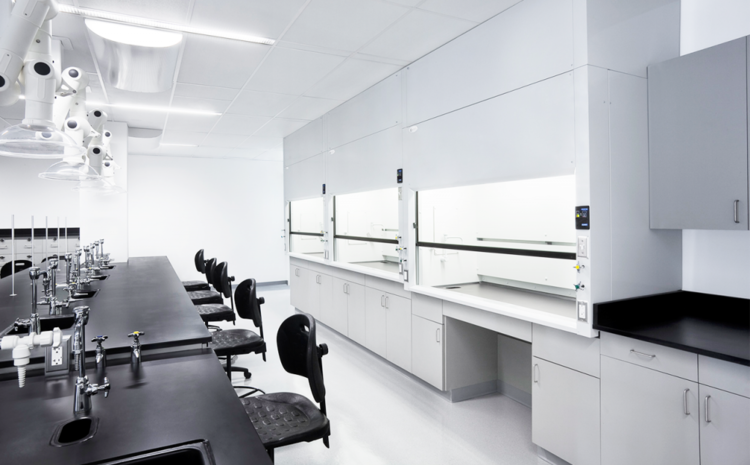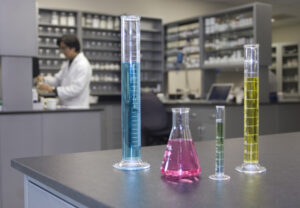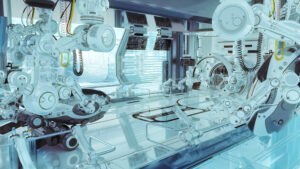
How long will my equipment last? When will I need to rebuild my lab? These are questions we are frequently asked at Genie Scientific. As with all laboratory equipment, the lifespan varies depending on their use, chemical exposure and maintenance. Below Mel LeVan, co-owner of Genie Scientific, answers some questions regarding the lifespan of your equipment and when it’s best to upgrade.
How often should a laboratory update their countertops?
Mel LeVan: It really depends on the type of experiment being conducted and how often they’re conducted. I would say on average every 10-15 years you should have your countertops replaced.
And is that specific to a certain type of countertop?
ML: Most countertops are epoxy or phenolic, and they’re made to handle a variety of acids. However after a long period time they start to become delaminated, which causes them to come apart. This will happen after a certain number of years with any lab furniture or equipment. I would say it is more of an aesthetic issue if customers want to change their countertops sooner.
Is there a need to replace epoxy or phenolic counter tops first or are they pretty equivalent?
ML: I would say it’s very similar. Think of this in comparison to kitchen countertops, how often does this warrant an update? It really depends on the user. (@Caylie: Is this another question? It doesn’t flow and I’m thinking it goes in the question below. I will edit, so you can cut/paste where it’s suppose to be.) It’s more preference with size, the apparatus that they’re using in the lab, etc. It’s also important to remember that aspects of lab work changes, so if they need to update the size of the lab, they might want to simultaneously change the function of the lab and therefore the countertop material needed. Usually its a matter of changing the configuration of the lab, or the footprint of the lab which is standard practice to change every 10-15 years.
How often should a lab change their fume hood?
ML: Fume hoods are similar in this aspect to counter tops. It depends on what chemicals are being using and how often. The aspect I find that changes most is the front glass of the fume hood. Once that becomes etched, it lowers the visibility of the experiment, calling for it to be changed more frequently.
Is there a specific machining within a fume hood that needs to be changed more often or requires maintenance?
ML: The fume hood itself needs to be checked every year by an independent certifier. They will make sure it has the correct airflow to meet Cal/OSHA criteria, and then they label the hood with a physical sticker that certifies its safety for a one year period. This certifier doesn’t work on behalf of Cal/OSHA, Genie, or the client, they’re an unbiased third-party source. We can provide assistance in making this connection, but it usually falls on the responsibility of the client to get the hood certified.
ML: What about fume hood accessories?
The biggest accessory is the exhaust blower. The exhaust blower is the reason the hood requires calibration every year, to make sure the exhaust blower isn’t getting clogged up or needs maintenance. The exhaust blower is the biggest accessory, or part of the hood to keep up to date with for safety reasons.
For more information on the safety of your fume hood, contact one of our team members here.




